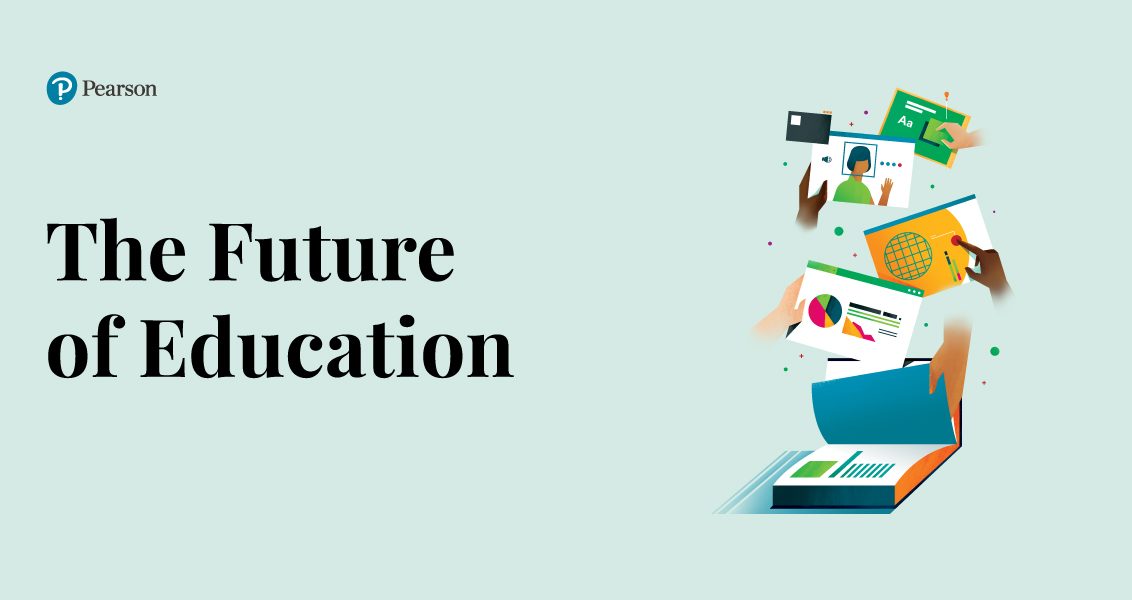
Integrating technology into your classroom
We have more technology at our fingertips than ever before, which has the power to radically transform the classroom. But is it actually changing the way we teach?
According to an OECD report, we’re not making the most of the potential in the new software available to us. “School systems need to find more effective ways to integrate technology into teaching and learning to provide educators with learning environments that support 21st century pedagogies and provide children with the skills they need to succeed in tomorrow’s world,” the report says.
There’s nothing strange about incorporating some digital technology in lessons – even if that’s just using the internet to find resources for your classes. Quite the opposite, in fact: a teacher working in a purely analogue way would be a bit of an anomaly nowadays.
Edtech doesn’t just benefit students. Marking tests and homework is a notoriously unpopular part of the job for most teachers, but the technology already exists to allow us to automate marking for multiple-choice and fill-in-the-blank tests, giving teachers more time to spend actually interacting with students. However, if you’ve never incorporated these levels of tech into your teaching, the prospect can be daunting. So as individual teachers, how can we approach these new technologies and embed them into our teaching practice in a way that makes sense to us?
Image by Lefflerd, on Wikicommons
The SAMR model
The SAMR model is a great way to assess your use of the technological resources at your disposal. It was designed by Dr. Ruben Puentedura for an integrated approach to technology in education. It can be seen as a framework with four levels on a continuum which explains the impact of technology in the classroom. If you apply this model to your curriculum, you’ll be able to see at which stage of the continuum you are most often working. It might inspire you to adapt some of your lessons to incorporate some new and exciting activities!
Substitution
The first level, substitution, refers to the act of replacing an analogue activity with a digital one. Take a reading programme, for example, where students are simply allocated ebooks as homework. Yes, they are using technology, but there’s no real difference in the actual activity. They are still reading, just in a different medium. There’s no value judgement here – sometimes substitution is the most appropriate use of technology depending on the activity, as there is no additional gain to be had from embedding it more within the lesson.
Augmentation
The next stage in the SAMR spectrum is augmentation. This means that the use of technology adds something to the task which wouldn’t be possible in a purely analogue setup. For example, if students are filling out a worksheet, it can be difficult for teachers to monitor everyone’s work at the same time. A digital worksheet, however, would allow teachers to easily monitor how each student is progressing via an assessment screen. This is a good example of augmentation in action, as the technology enhances the teacher’s gauge of student progress and allows you to incorporate this knowledge into your lesson plans.
Modification
This represents the first stage at which the classroom is actually transformed. Tasks are significantly redesigned with the use of technology in mind – unlike the ebook, these tasks wouldn’t exist without the supporting technology. A good example of this would be a digital learning space such as Google Classroom or Moodle, where teachers can allocate and assess work, and where pupils can engage with these tasks.
Redefinition
Redefinition is the ultimate application of tech to learning, and refers to tasks which would previously have been inconceivable without the supporting software. For example, Abacus, the primary maths programme on the ActiveLearn digital platform, includes an online world where pupils can create their own avatars and play maths games to earn badges and rewards. Similarly, in the literacy programme Bug Club, also on ActiveLearn, students create their own personalised ‘world’ where they can complete reading activities and earn rewards. At this level, as well as giving students the chance to use technology in a creative way, the technology also supports active, student-centred learning and dramatically enhances student engagement.
The ActiveLearn Products
At Pearson we are committed to exploring the possibilities that technology holds, and have developed the ActiveLearn suite of materials and resources for literacy, maths and science designed specifically for a digital classroom. Used by over 2 million teachers in 52 countries worldwide, they’re aimed at international students and are iPad and tablet compatible. Designed around the UK curriculum, not only do they improve literacy and numeracy, they also help to build digital literacy in and out of the classroom.
Bug Club, mentioned above, focuses on reading and literacy. There’s an online dashboard where teachers can allocate ebooks to children as reading homework, and then monitor their progress via assessment screens. Each pupil can also create their own personalised online world, where they can play reading games and earn points and rewards.
Abacus is an online maths teaching toolkit. The pupil workbooks have hot spots which link to the online assessment dashboard so teachers can see where students have stumbled. This system allocates RAG scores to learning objectives which teachers can then use to inform their planning.
Science Bug is a science programme, similar to Abacus, with a range of digital and print resources for a blended learning experience. It’s full of videos, fun animations and hands-on activities to inspire your students.
All three programmes offer tech-curious teachers a wealth of resources and activities to create rounded, challenging lessons. When considering the SAMR model, it is important to remember that it represents a spectrum rather than a ladder. Redefinition shouldn’t be the ultimate goal for every activity. There are some activities where augmentation or even a simple substitution is the best approach for that particular task. But technology, used properly, can provide high quality resources and tools for both teachers and their pupils. These technological tools can help to develop a more profound understanding of learning objectives, build digital confidence and creativity, and connect the world of the classroom to a bigger, digitalised world.
Discover more about Bug Club, Science Bug and Abacus on the Pearson Global Schools website or download our Bug Club efficacy report.

